Albert Friscia, one of the main exponents of kinetic art, was born on July 22 in New York and died in Rome on October 2, 1989.
After completing his studies at the National Academy of Design in New York, he enrolled in 1937 at The Society of independent Artist and the Artists' Union of the same city, frequenting artists such as Ben Shahn, Stuart Davis, Ilya Bolotowsky, William Zorach and Arshille Gorky. It is here that he attends several "Lumia" shows (light projections) created by Thomas Wilfred, held at the Grand Central Palace in New York, fundamental for his next experiments in the kinetic field.
He is part of the artistic group composed of Roberto Matta, Alberto Burri, Angelo Savelli and Afro and begins his collaboration, as artistic director, with the Pan American airline and the "Daily American" newspaper. After marrying Lidia Di Bello from Potenza in 1957, he began his career as a sculptor and, around the mid-1960s, built the Kinetichromes.
In 1980 he created the bronze altar for St. Peter's in the Vatican, placed in front of Bernini's chair
In the work under examination, once again we can identify the artistic spirit of Albert Friscia, which will manifest itself in all its complexity at the end of the 1960s with his Kinetichromes. Movement is one of the dimensions that the author searches for with varying intensity, arousing, from time to time, a sensation of virtual movement in the spectator. The transformation of matter and the memory of events in space are the two key entities that he uses in his "equilibrist" figures









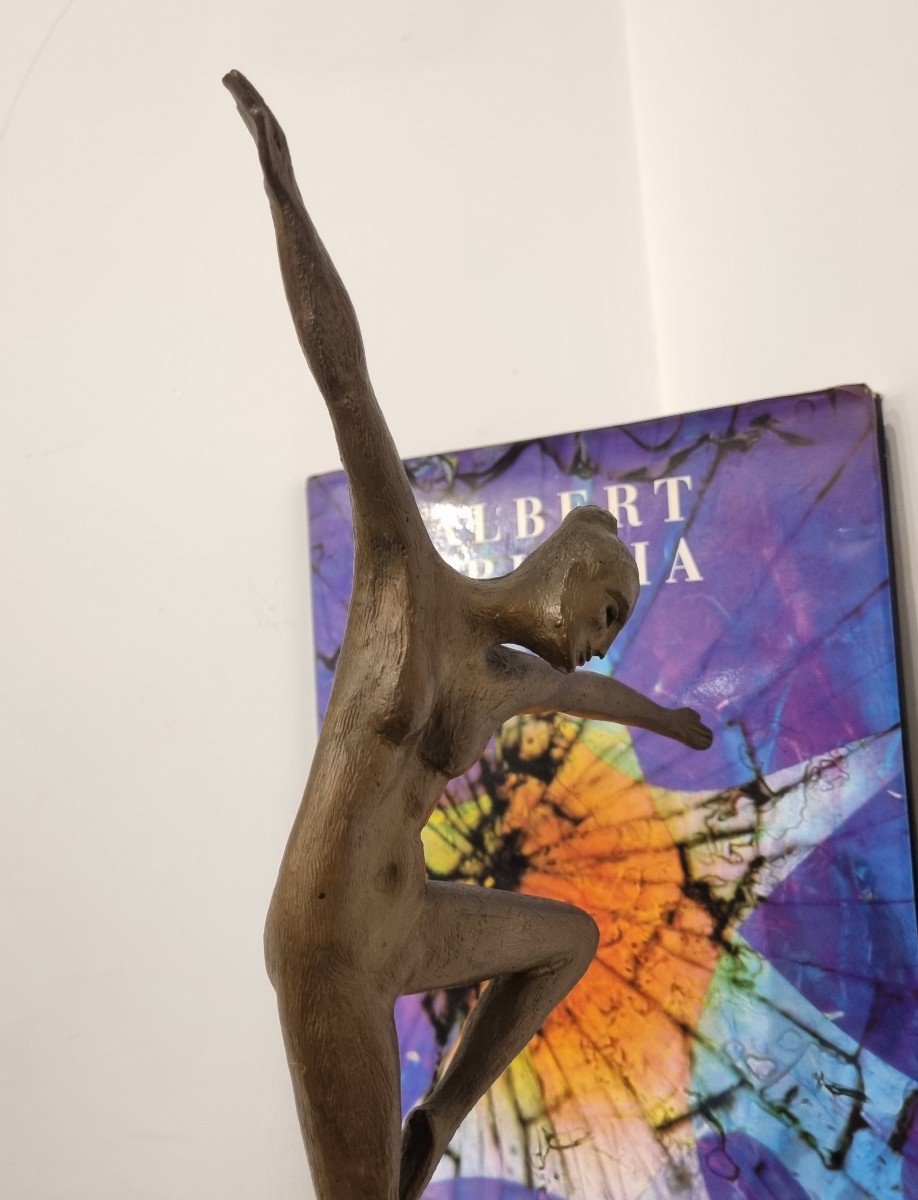











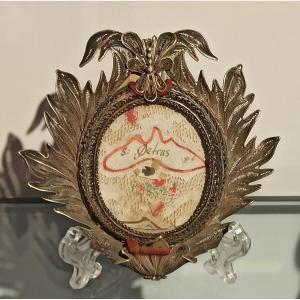
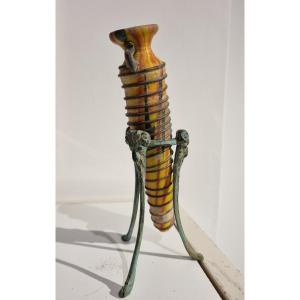


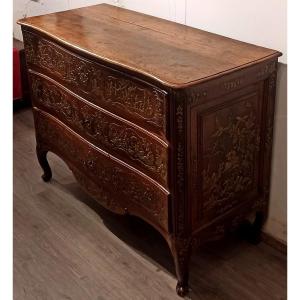

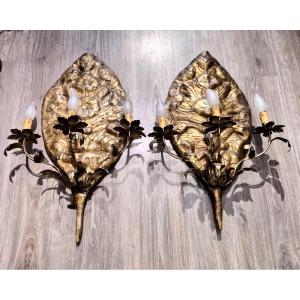


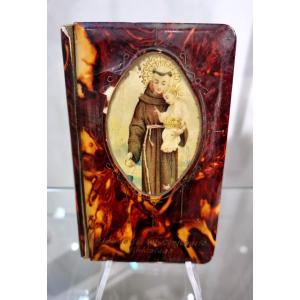



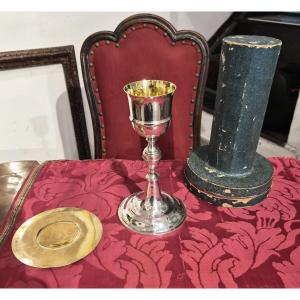
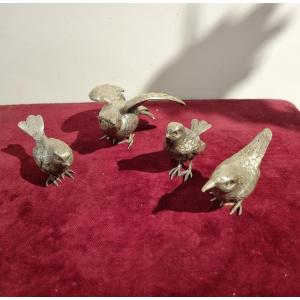
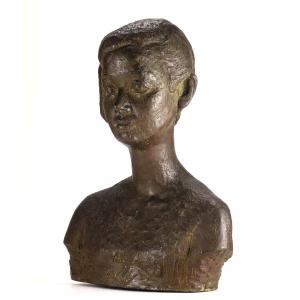

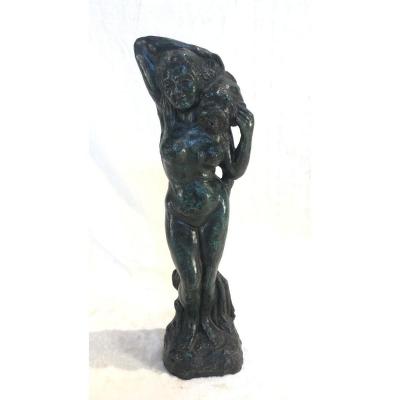

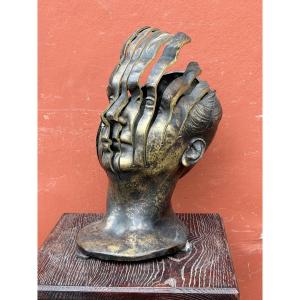



 Le Magazine de PROANTIC
Le Magazine de PROANTIC TRÉSORS Magazine
TRÉSORS Magazine Rivista Artiquariato
Rivista Artiquariato